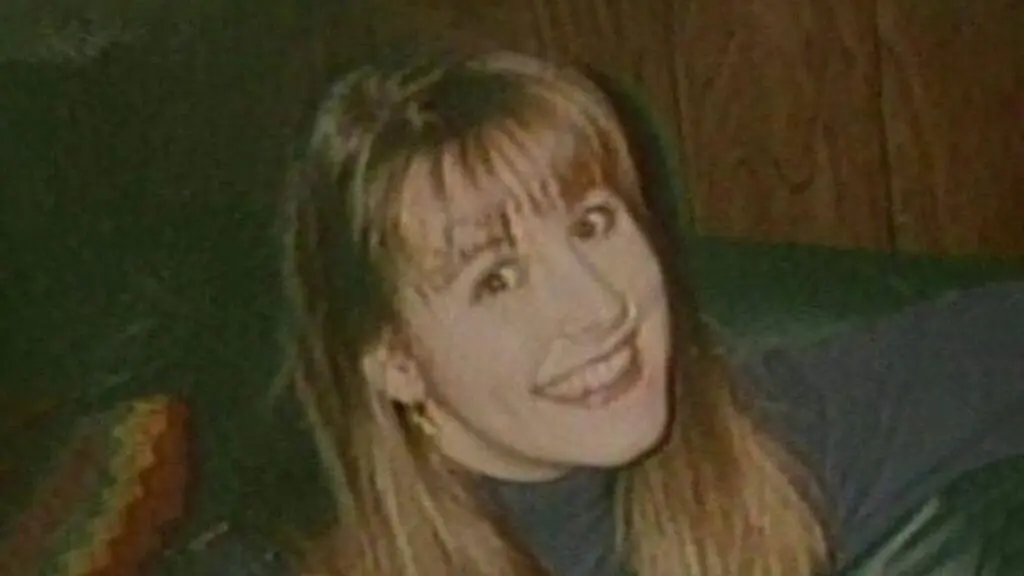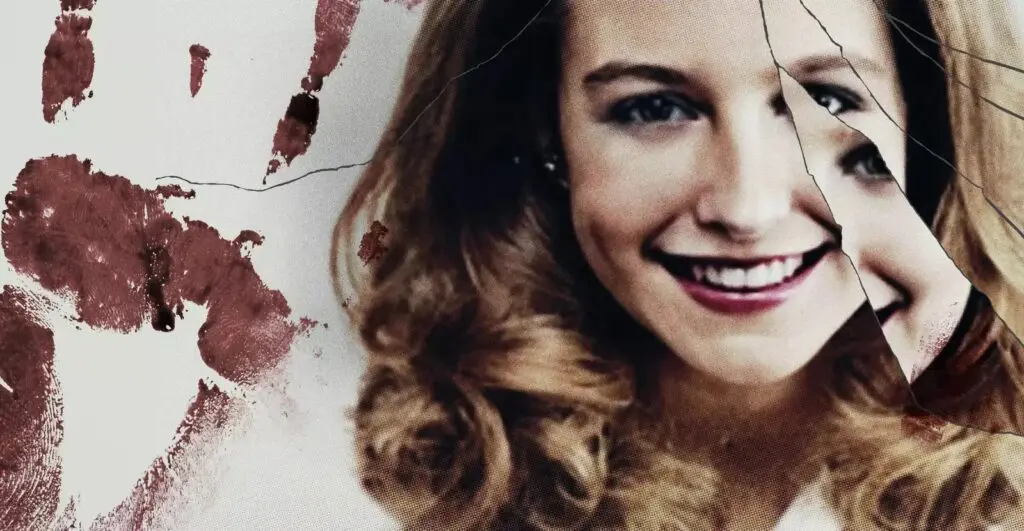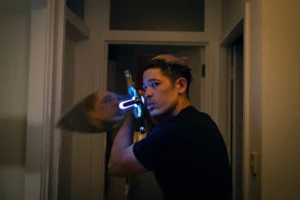Summary
At Witt’s End – The Hunt For A Killer lends high-quality cinematic style to an unsolved cold case.
What’s in a name, especially in the context of a true crime docuseries? There are a couple that Hulu and ABC News Studios would like you to pay attention to in At Witt’s End – The Hunt For A Killer. One of them is, of course, Melissa Witt, a 19-year-old woman who went missing from an Arkansas bowling alley in 1994. But the other, curiously, is Ridley Scott, whose production company Scott Free Productions lends this series an unusually cinematic style.
Let me be the first to tell you that I’m not crazy about the cutesy pun title either, especially not for a docuseries exploring a long-cold killing, but you’ve got to stand out somehow.
Anyway, let’s talk about Melissa Witt
What happened to Melissa Witt?
Melissa was a well-liked teenage girl who went to surprise her mother at Bowling World in Fort Smith, Arkansas. She vanished from the parking lot on December 1, 1994, and wasn’t seen again until her body was discovered by two hunters in the Ozark National Forest on January 13, 1995.
Melissa had been strangled to death. She was found nude, with her clothing and possessions having presumably been taken by her killer. Blood found in the bowling alley parking lot and in Witt’s vehicle implied a struggle had taken place, but even three decades later, a complex inter-agency investigation has failed to deduce who exactly killed Melissa and why.
A New Perspective

Melissa Witt | Image via The Sun
At Witt’s End – The Hunt For A Killer is largely framed from the perspective of the local reporter, Charlene Shirk, who broke the story in 1994. This isn’t quite the equivalent of the team working on the cold case in more recent years, but it’s the next best thing since it represents the more independent point of view of the time. Police were involved but largely unconcerned, as is often the case.
But the presentation of perspective is important too, which is where Ridley Scott comes in. The unusually sophisticated cinematography of At Witt’s End lends something to it, even if it does raise some perhaps uncomfortable questions about the appropriateness of blending true-crime reporting with more arty flourishes.
It’s forgivable here, though, because there’s an obvious tastefulness in the gimmickry, and the cinematic style enhances the stakes of the investigation rather than detracting from them. It’s easy for the audience to buy in, and it highlights how lazy documentary filmmaking can be when it’s merely a string of talking heads interspersed with newspaper clippings or some such.
Who Killed Melissa Witt?
The big question of the case – who killed Melissa Witt? – is one that the docuseries can’t answer, for obvious reasons. But this doesn’t mean it’s shy about presenting suspects, and a lot of the series puts forward overlapping connections between Melissa’s death and similar crimes against several other women committed by Charles Ray Vines.
Vines remained a prime suspect in the murder of Melissa Witt even after his death. Despite having drawn maps of the Ozark Mountains, worked near the area where Melissa was found, and been offered an opportunity to avoid execution if he shared what he knew about Melissa, he never confessed to his involvement.
Another suspect is Travis Crouch, who lived near Melissa and had a long history of violence, including sexual assault.




